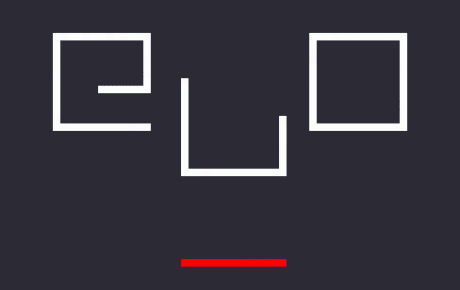This project was created as a practical illustration (or laboratory exercise) of my theoretical statement that later novels of Italo Calvino are examples of non-electronic artistic hypertext. The structure of the "Invisible Cities" site is as follows The workspace is divided to three thematic frames: capitoli, maintext and temi, each of which has two levels. The left frame (capitoli) shows the map-list of all nine chapters of the book, or, when one of the numbers is clicked, the content of each chapter. The right frame (temi) lists all eleven themes (types of the cities), or, when one of them is clicked, the cities belonging to each type. The mainframe (maintext) loads and displays the texts selected from the left or from the right, or else the entire table of forty icon-thumbnails. These icons are randomized from fifty-five existing icons (according to the total quantity of the cities), so there is a new set of pictures every time the page reloads. Unlike other online artistic hypertexts, such as the full Russian translation of Vladimir Nabokov's Pale Fire, uploaded to the biggest Russian online library Lib.Ru, and The Decameron Web, developed on the site of Brown University, the Invisible Cities site is oriented primarily not towards representing the text per se (as Pale Fire), nor to its studies and analysis (as The Decameron Web), but to the creation of a complete esthetical impression. In other words, it ought to be treated as an art-project. Following the words of Calvino that a book is a universe where a reader must enter, walk around, and even loose himself, but ultimately have the possibility to find an exit or even several exits, I consciously deprived the navigation on the site of clarity and brought to it some element of unexpectedness. Using colors and, first of all, pictures, coordinated to the each fragment of the text, I meant to move Invisible Cities beyond "The Gutenberg Galaxy ". Moreover, the pictures serve as a "parallel text", written in the "language of images," side by side with the text written in the "language of Gutenberg." Technically, I could add, the project is optimized to IE 6.0. and a screen resolution of 1024x768 pixels. My further plans include work on the Italian or English versions of Invisible Cities, and then, with this gained experience, the transformation of Calvino’s other works into hypertext.
Невидимые города (Invisible Cities)
Source Database:
ELMCIP
Source Entry URL:
Source Entry OAI-PMH Identifier:
oai:elmcip.net:6268
Source Entry Language(s):
English
Description(s):







